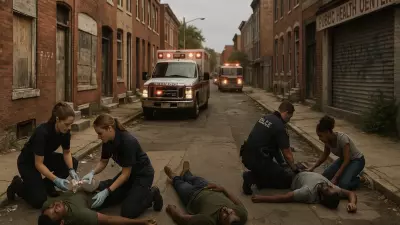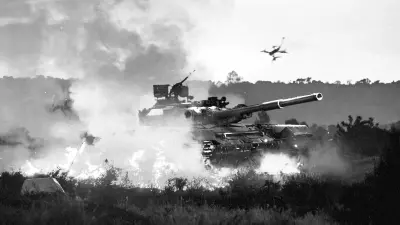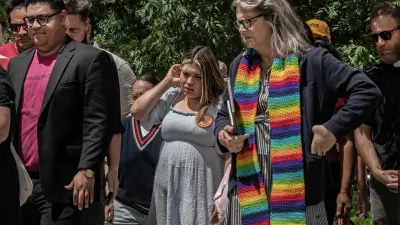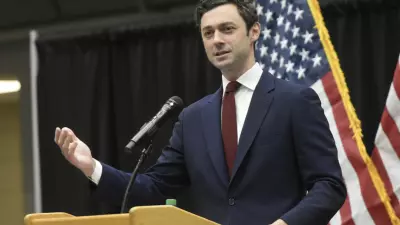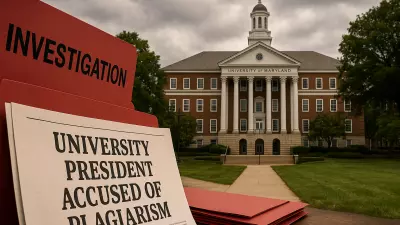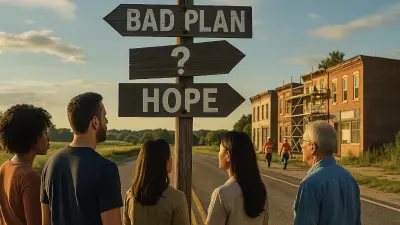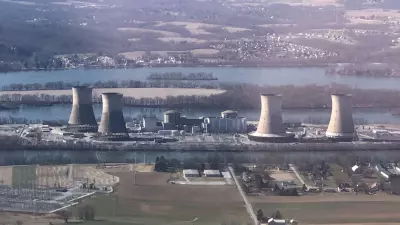While overdose deaths dropped roughly 25% in Baltimore during 2024, this mass event underscored the volatility of the local drug supply

A sudden wave of overdoses in the Penn‑North neighborhood on July 10 pushed Baltimore’s emergency and outreach systems into high gear, and the coordinated response kept everyone affected alive.
But the event is now raising serious questions about whether recent progress against the opioid crisis can withstand rapid, large‑scale surges.
Within three hours that morning, first responders and street outreach teams treated at least 27 people with suspected overdose symptoms.
Many collapsed near the intersection of North and Pennsylvania avenues and inside the Penn‑North Metro station.
No fatalities have been reported, and several patients, including some in critical condition, were rushed to local hospitals.
Officials say this was the most severe mass overdose event in Baltimore in recent memory.
But local agencies and advocates who work with addicts and addiction said overdoses of more than two people happen every day throughout the city, and they need more help to address that.
After the call, a coordinated task force, including city fire and health department personnel, along with harm‑reduction nonprofits, arrived at the scene, administering naloxone and monitoring vital signs.
The Penn‑North subway entrance was temporarily shut down and bus routes diverted as personnel worked to stabilize the victims, People reported.
The incident unfolded just a day after a city council hearing on the use of Baltimore’s opioid settlement funds.
The timing highlighted ongoing tensions between emergency response efforts and the need for sustained prevention measures.
While overdose deaths dropped roughly 25% in Baltimore during 2024, this mass event underscored the volatility of the local drug supply, the Washington Post reports.
In the days since, harm‑reduction teams have maintained a presence at Penn‑North station, offering naloxone, fentanyl test strips, and referrals for treatment. Outreach workers say testing street drugs for dangerous additives such as Xylazine must become a routine part of their strategy, rather than a reactive measure.
Public health officials are reviewing the event to pinpoint the substance behind the overdoses. Early speculation points to a “bad batch” distributed under the name “New Jack City,” though toxicology results are still pending.
Residents in the 21217 ZIP code, which recorded 73 fatal overdoses in the past year, say this event has rattled long‑standing street trade dynamics and drawn attention to gaps in ongoing outreach.
The city’s coordinated response was praised for its swift action, which prevented deaths.
However, the mass overdoses illuminate enduring vulnerabilities in neighborhoods long affected by addiction.
The event has triggered renewed calls for more robust surveillance of street drug contents, enhanced coordination across agencies, and steady funding to ensure harm‑reduction efforts are proactive, not just called in for major incidents.

